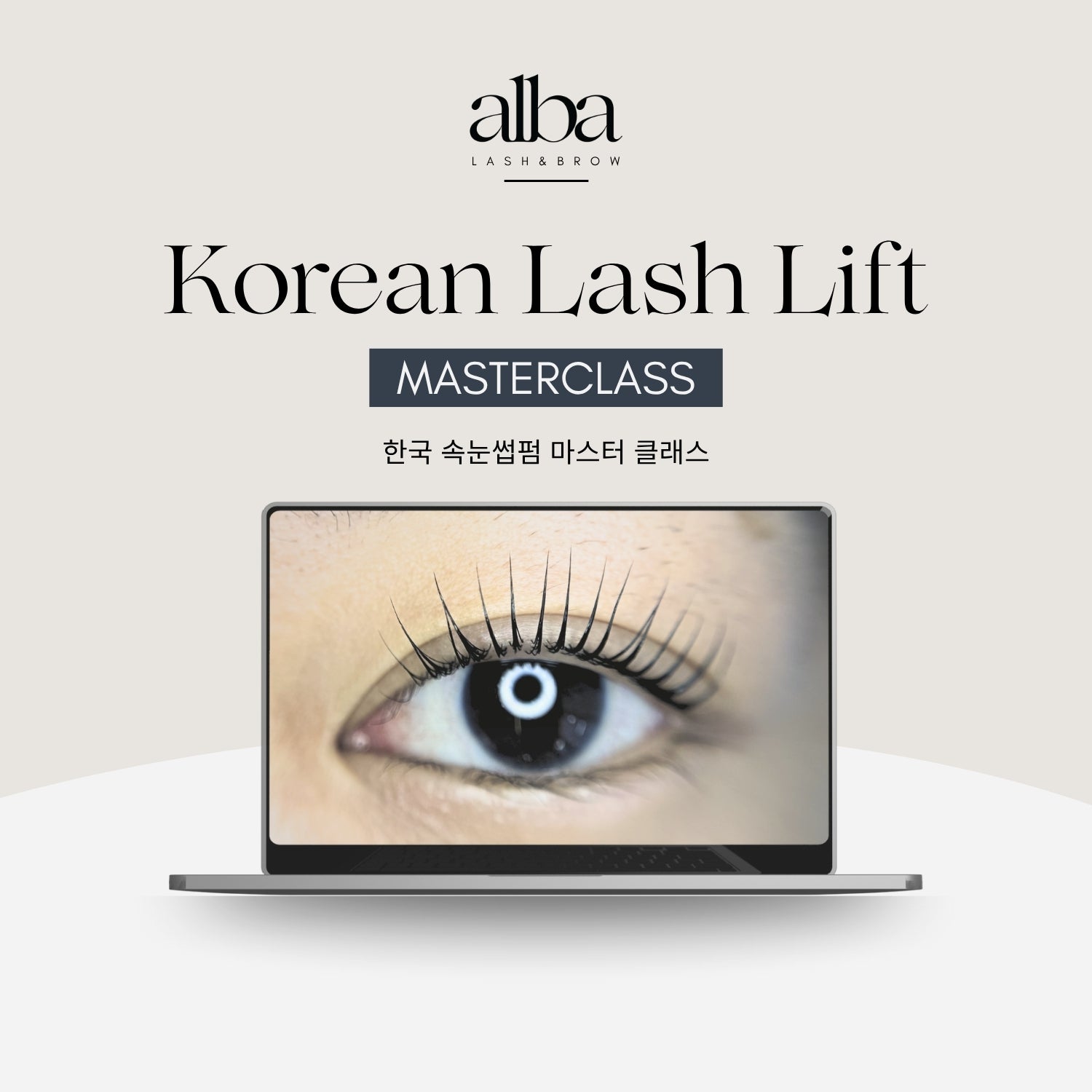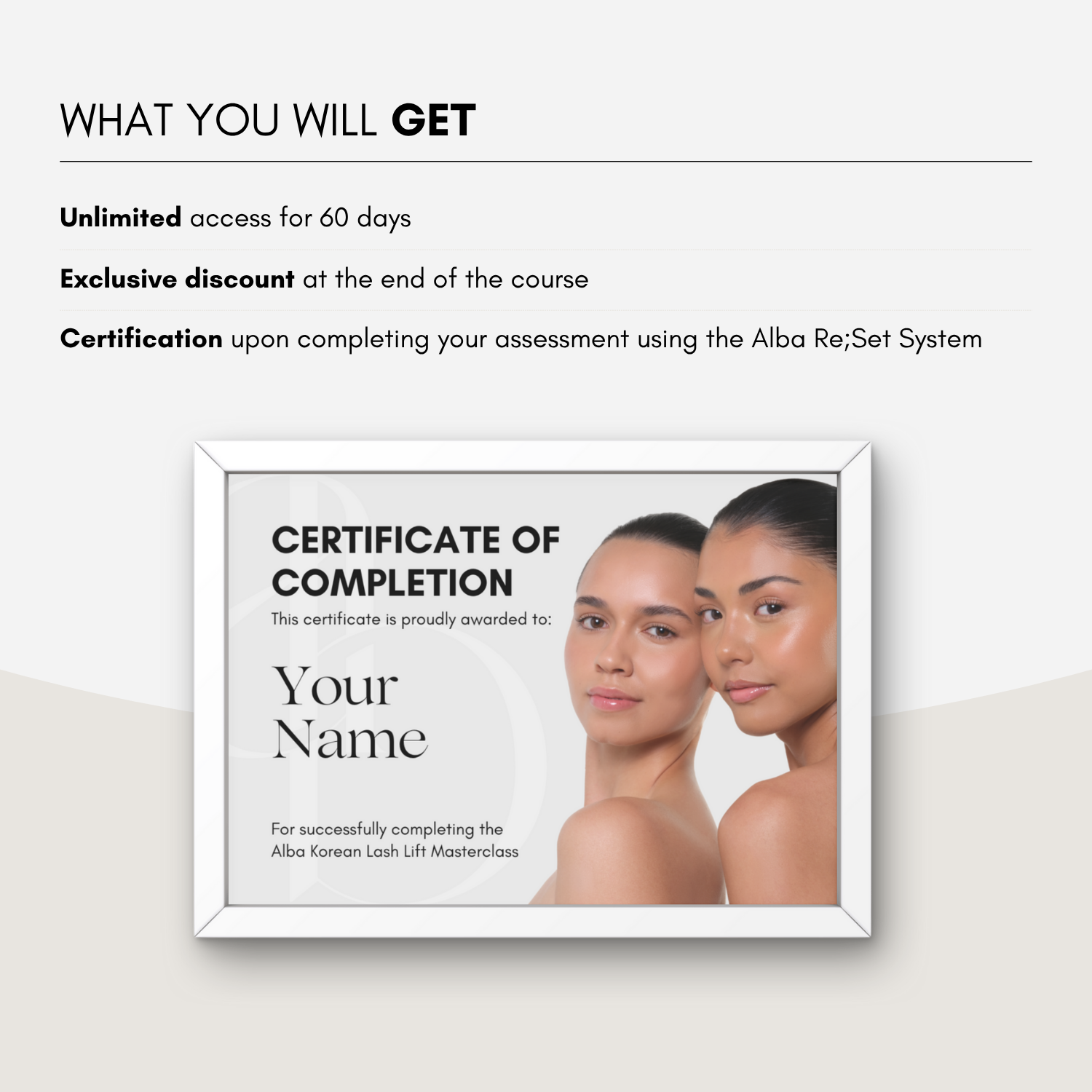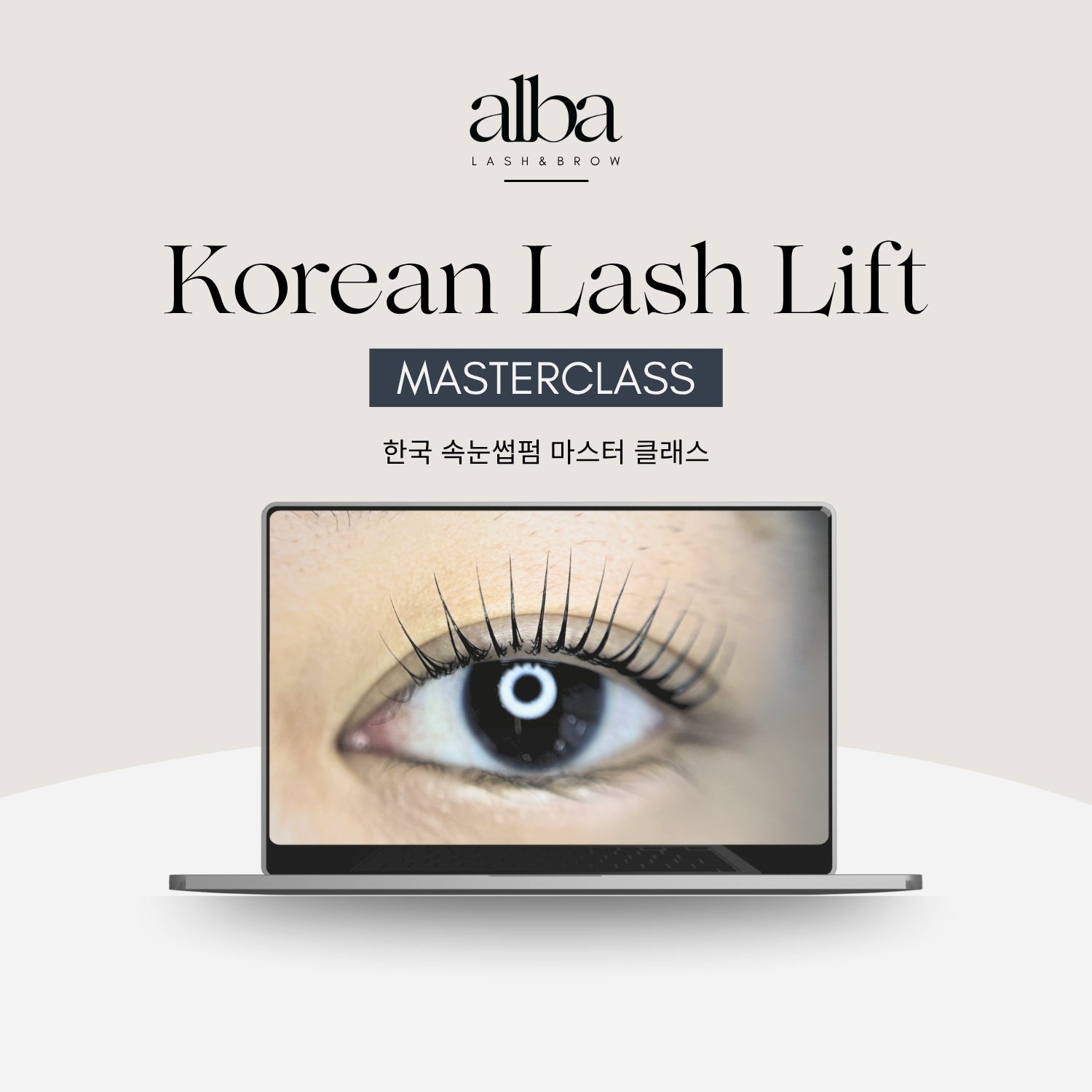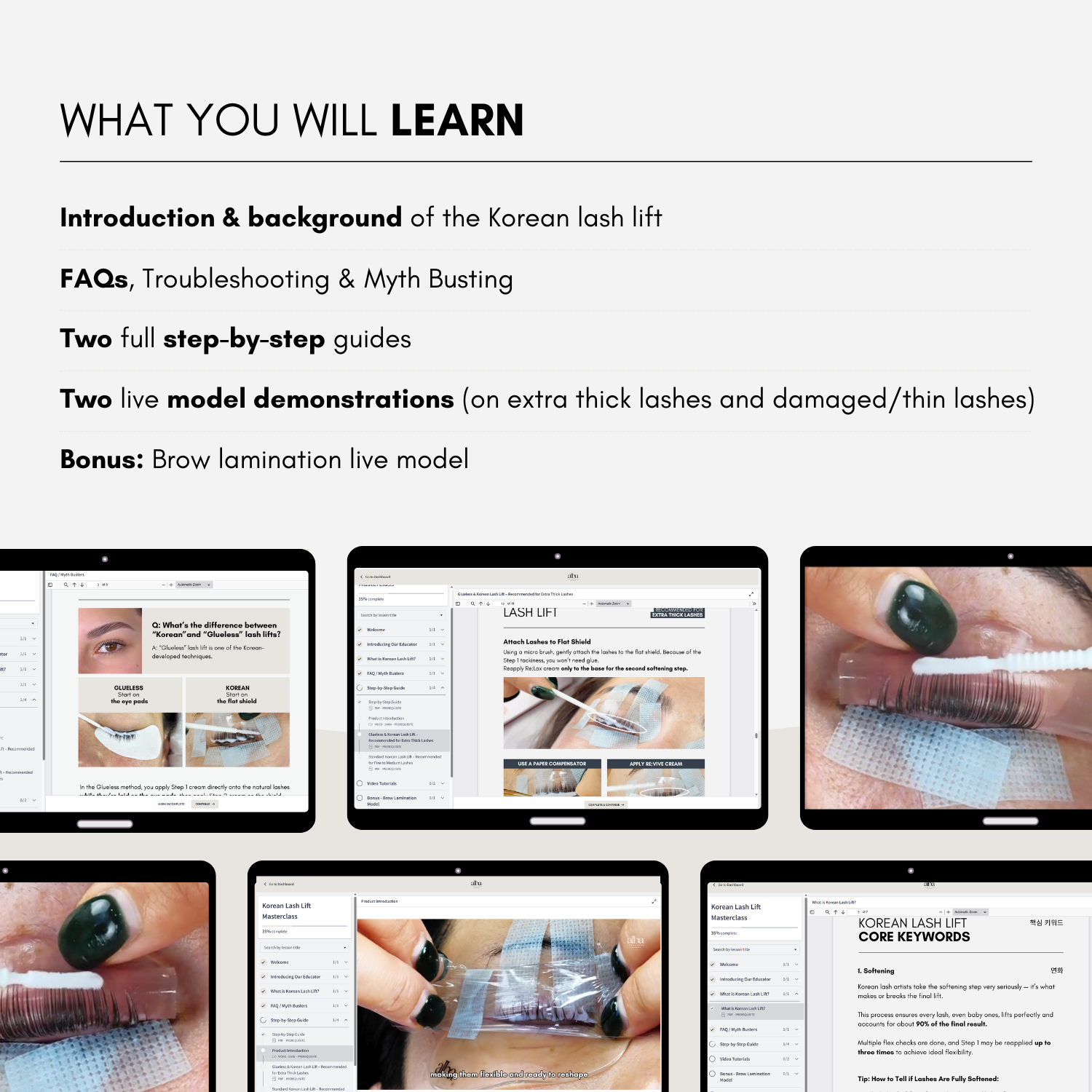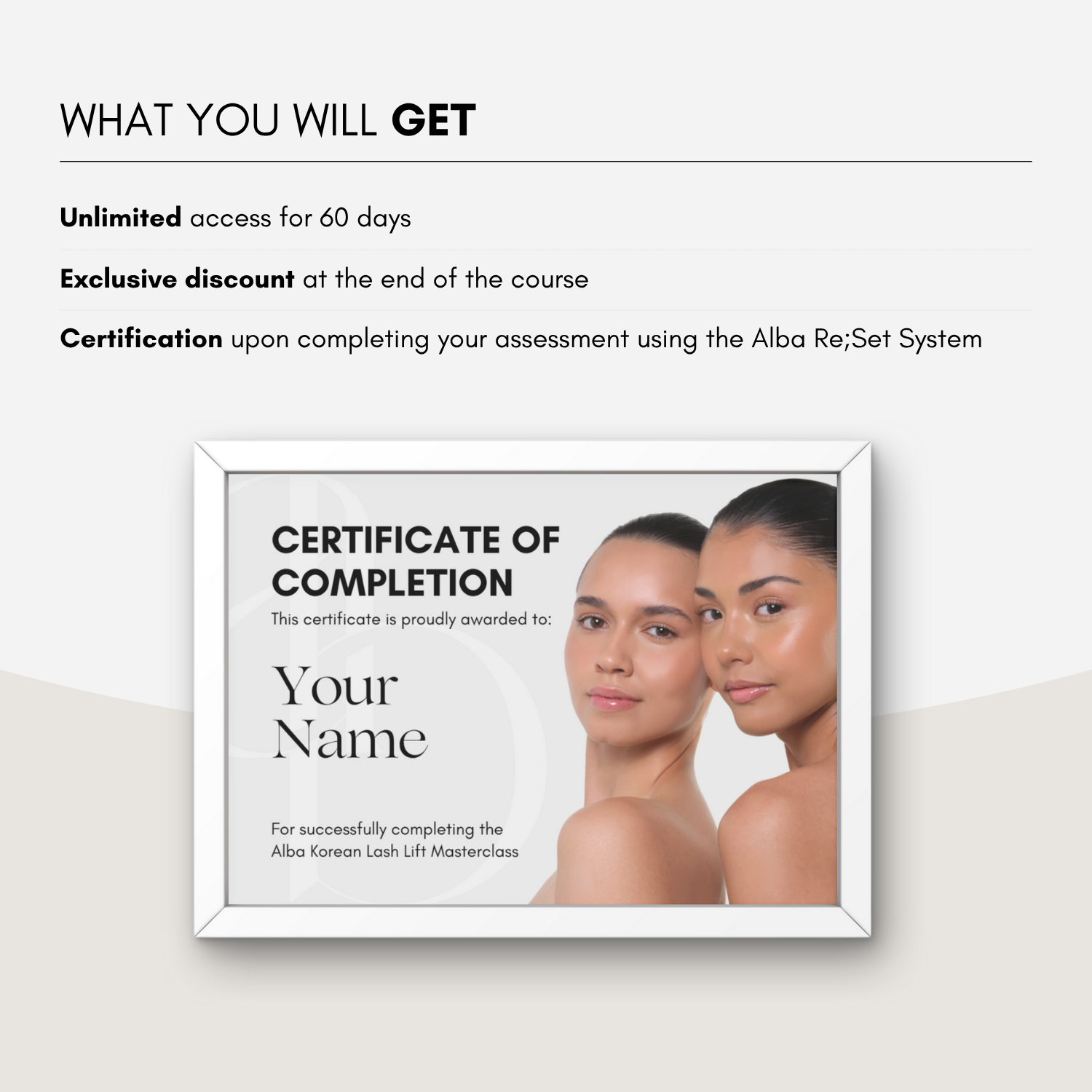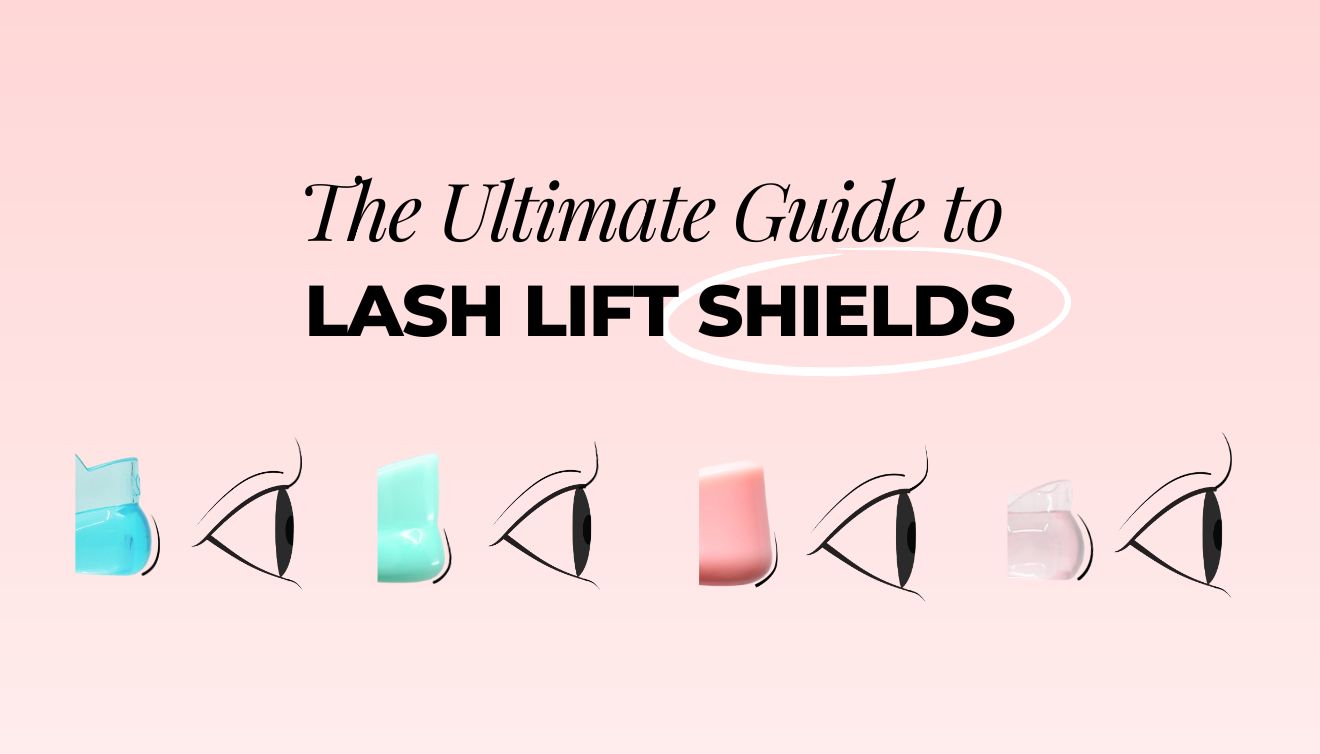7-8 minute read
Lash retention issues - every lash artist has been there. You get a message from a client saying “All my lashes are falling out!” and suddenly, your heart sinks. But don’t panic. It’s time to respond like a pro.
In this blog, we’ll walk you through how to handle these situations with empathy, confidence, and professionalism while also protecting your reputation and turning a stressful moment into a trust-building opportunity.

- Step 1: Stay Calm and Be Empathetic
- Step 2: Ask the Right Questions
- Step 3: Offer Solutions, Not Excuses
- Final Thoughts
Step 1: Stay Calm and Be Empathetic
Your first response sets the tone. Even if you're stressed, remember your client likely feels worse. They paid for the service and spent hours lying down. When their lashes fall out too soon, it’s disappointing for them also.
Start with something like:
“I’m so sorry to hear that. That must be really frustrating. Thank you for reaching out. I’d love to help you figure out what might have happened and how we can make it right.”
Now, let’s get to the bottom of it.
Step 2: Ask the Right Questions
Retention issues can happen for many reasons. Some are in your control, and some aren’t. To get clarity, work through these checks:
1. Have you received similar messages from other clients around the same date?
If yes, something might have gone wrong during that day’s appointments. Ask yourself:
-
Did the glue smell strange, feel stringy, or not bond well? If it’s been open for more than four weeks, it may have expired. If it was newly opened, it could have gone off due to heat, humidity, or improper storage. Also, check the manufacturing date—lash extension glue has a limited shelf life, which is why we don’t recommend overstocking.
-
Was the weather unusual that day? Lash adhesives are very sensitive to temperature and humidity. If your room was outside the ideal range, that could be the cause.
-
Did you do anything differently from your usual routine? For example, did you use a different type of lash or any new products during the prep?

2. Was the client new or returning?
-
If it’s a new client, gently remind them about aftercare. Ask if they used oily skincare, went into steam rooms, wore heavy makeup, or slept on their face.
-
If it’s a regular, ask if they changed anything in their routine. Extra gym sessions, a recent beach trip, or new skincare products can all impact retention.
3. Can they send photos?
Ask for:
-
A photo of their lashes with eyes open and closed
-
A close-up of any fallen lash extensions
• If the natural lash is still attached to the extension, it’s likely due to the natural lash cycle or even a hormonal shift. This is completely normal and not a reflection of your work.
• If only the extension has fallen off, it may be related to your application. Check if the base was properly attached and if the right amount of glue was used.
4. Look for a pattern
If more than one client has complained, try to identify a trend. Are they all losing lashes on the same eye? It could be that your dominant hand is applying better on one side. If clients say lashes are “popping off when brushing,” that’s a big clue that the base wasn’t fully attached to natural lashes.
5. Did the client mention discomfort?
Discomfort may suggest stickies, where lashes are accidentally glued together. As each natural lash grows at a different rate, this can create tension and pulling, leading to client discomfort and early lash fallout.
Pro tip: Always spend the last 5 to 10 minutes checking for stickies before finishing your set. To reduce the chance of stickies, consider switching to a faster-drying adhesive if your current one doesn’t match your speed. Also, avoid attaching lashes right next to the one you just placed—move to a different section or alternate between the left and right eye to allow each lash enough time to dry properly.

6. Were the lashes too heavy or too long?
Extensions that are too thick or too long for the natural lashes will fall off quickly because the natural lash can’t support the weight. Think of it like a bird trying to perch on a very thin branch—you know what’s going to happen.
For clients with weaker natural lashes, it’s best to stick with lower diameters like 0.03 or 0.05 for volume lashes, and opt for shorter to medium lengths to maintain optimal retention and lash health.

Example Responses You Can Use
💬 First-time client:
“Thanks so much for letting me know. I’m so sorry to hear this. Everyone’s lashes and routines are a little different, so let’s figure out what may have caused it together. Could you let me know what your routine has been like and send a quick photo of your lashes? I’ll help you from there.”
💬 Repeat client with unusual retention:
“I really appreciate you reaching out. That doesn’t sound like your usual retention. Did anything change recently, like more gym, skincare, or maybe a holiday? And if you could send a few photos, that would help me understand better.”
Step 3: Offer Solutions, Not Excuses
Once you identify the possible cause, respond with care and clarity. If it looks like the problem was on your end, especially within three or four days of the appointment, offering a complimentary fix or touch-up can go a long way.
Clients will remember how you made them feel. Even if something went wrong, showing that you genuinely care can turn a one-time complaint into long-term loyalty.
If it seems to be your error:
“Thanks so much for the info and photos. It looks like [insert reason] may have been the cause that day. I'm really sorry about this — I’d love to offer a complimentary fix-up to make it right for you 💕 Let me know what day works best!”
If it’s likely due to aftercare or natural shedding:
“Thanks for sending those through! From the photos, it looks like the extensions are falling out along with your natural lashes – this can happen during shedding cycles or due to hormonal changes. It’s completely normal – we naturally shed around 5 lashes per day. That’s why we recommend infills every 2–3 weeks! Let me know if you have any more questions, I’d love to help.”
Final Thoughts
Retention issues can be challenging, but they’re also a chance to show your professionalism and care. By staying calm, asking the right questions, and offering solutions, you can turn a negative into a positive and build lasting trust with your clients.
Want more retention tips?
Explore The Ultimate Guide to Maximising Lash Retention for everything you need to achieve longer-lasting results.


